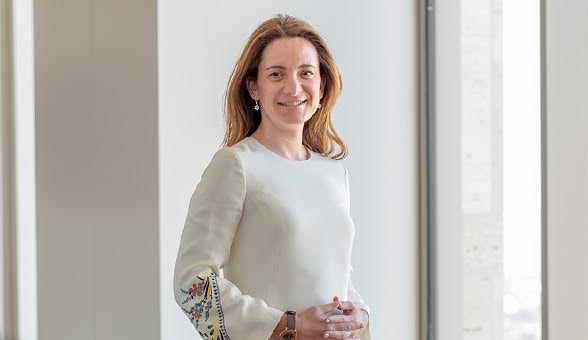
It can be difficult to adjust to the end of a good run. For years following the financial crisis of 2008, investors benefited from a rally in financial markets facilitated in part by expansionary policies of the Federal Reserve and other central banks around the globe.
2015 marked a transition in markets as the Federal Reserve hiked rates for the first time in nine years, and the rally in risk assets dissipated, while volatility moved higher. 2016 has begun in a volatile fashion too as we continue to grapple with divergent central bank actions against a backdrop of deepening concern about corporate (and sovereign) earnings and viability in the face of low commodity prices and a strong U.S. dollar.
Increased volatility and lower prospective returns are trends we have highlighted in our previous asset allocation publications in which we suggested investors broaden their investment paradigm to include traditional as well as alternative risk factors and be tactical across and within asset classes in order to generate attractive risk-adjusted returns. In addition, with asset valuations more mature and monetary policies becoming divergent, we believe investors need to “altitude adjust” their return expectations lower and volatility assumptions higher.
We also anticipate other changes to the investing paradigm as we look forward. We expect less consistency in the negative correlation between stocks and bonds relative to the past decade. We believe currency movements will play a much larger role in determining portfolio outcomes. Finally, we suggest investors not ignore the reduction in market liquidity and its potential consequences.
In this publication, we will explore these themes in greater detail and share our views on all major global asset classes.
Macroeconomic backdrop
Our outlook for the global economy is for sideways growth with an uptick in inflation. Specifically, we expect the global economy to expand at a rate of approximately 2.25%–2.75% in 2016, continuing the modest trend from 2015. We expect the U.S. economy to expand between 2.0% and 2.5%, in line with its stable post-crisis recovery while growth is also steady in Europe and picks up slightly in Japan. In the emerging world, Brazil, Russia, India and Mexico (BRIM) should experience growth higher than 2015 as Brazil and Russia, while still contracting, improve from the deep slowdown of 2015. Meanwhile, China is likely to continue its bumpy journey toward a slower but more balanced economy.






